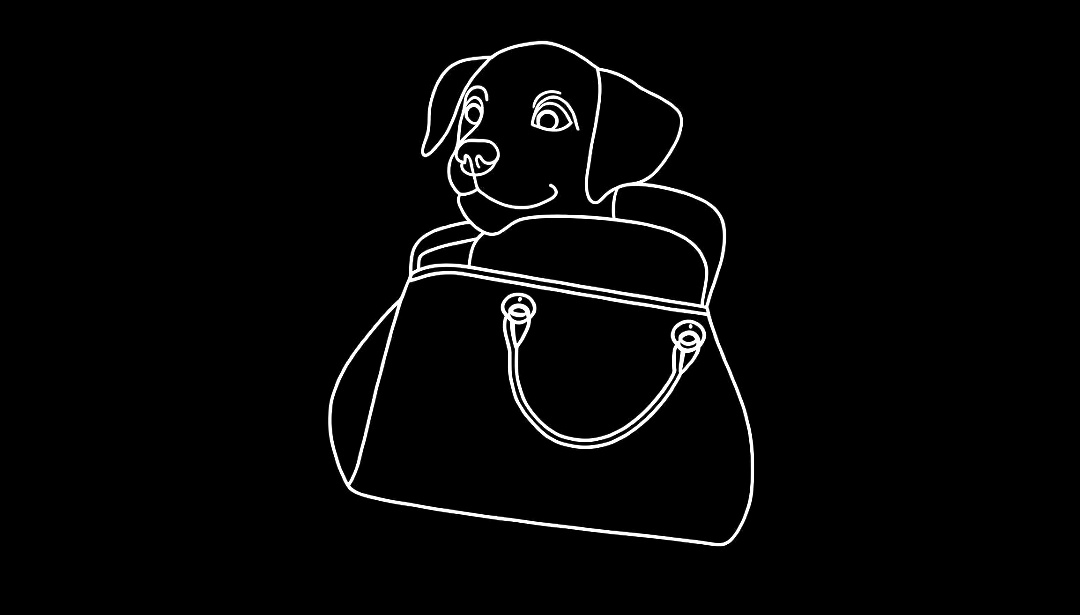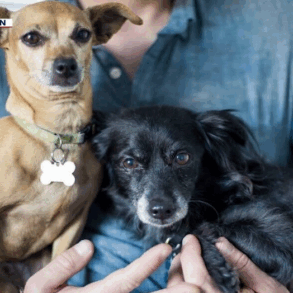With a bark, a wag of the tail and a little leap, it is easy to tell when your dog is happy and excited. Or is it? Humans are actually terrible at reading a canine’s emotions, a study has suggested.
When you give a dog a treat, throw a ball to play fetch or get out their lead for walkies, most will react in a way that is readily interpreted as a sign of excitement and enjoyment by their owners, who conclude that their pet is happy about the situation.
When you switch on the dreaded vacuum cleaner or have to scold a dog for doing something naughty, most will react in a way that is taken as a sign of anxiety or sadness by their owners, who conclude that their pet is rather upset by the turn of events.

Do we really know how our dog is feeling? Scientists say not
WEBSUBSTANCE/GETTY IMAGES
A study has shown, however, that humans are not really reading their dog’s emotions at all and may have been barking up the wrong tree in trying to interpret how our canines are feeling.
Instead, people make assumptions about how a dog is feeling based on the scenario that triggered their emotional reaction because owners tend to “project human emotions on to their pets”. But these assumptions are often wrong, according to researchers from Arizona State University.
They made the discovery by taking videos of dogs as they reacted to a range of scenarios. When shown a dog reacting to the offer of a lead to go out for a walk, the 383 participants quickly identified the pet as happy and excited. When shown a dog reacting to a vacuum cleaner being taken out, they swiftly identified the dog as upset and anxious.
However, in a second experiment, 485 participants were shown videos of dogs reacting but the videos were edited to swap the reactions. The reaction of the dog who had been offered a walk was made to look like it was a reaction to the vacuum cleaner and the reaction of the dog who had been shown a vacuum cleaner was made to look like a reaction to being offered a walk.
• Can dogs really be taught to speak? I put my terrier to the test
“In our study, when people saw a video of a dog apparently reacting to a vacuum cleaner, everyone said the dog was feeling bad and agitated,” said Holly Molinaro, an author of the study, published in the journal Anthrozoös. “But when they saw a video of the dog doing the exact same thing but this time appearing to react to seeing his leash, everyone reported that the dog was feeling happy and calm. People were not judging a dog’s emotions based on the dog’s behaviour but on the situation the dog was in.
“People do not look at what the dog is doing; instead, they look at the situation surrounding the dog and base their emotional perception off that. You see a dog getting a treat, you assume he must be feeling good. You see a dog getting yelled at, you assume he’s feeling bad. These assumptions of how you think the dog is feeling have nothing to do with the dog’s behaviour or emotional cues, which is very striking.”
Clive Wynne, a professor at the university who has studied the human-canine bond, said: “Our dogs are trying to communicate with us but we humans seem determined to look at everything except the poor pooch himself.”
This post was originally published on this site be sure to check out more of their content.













































